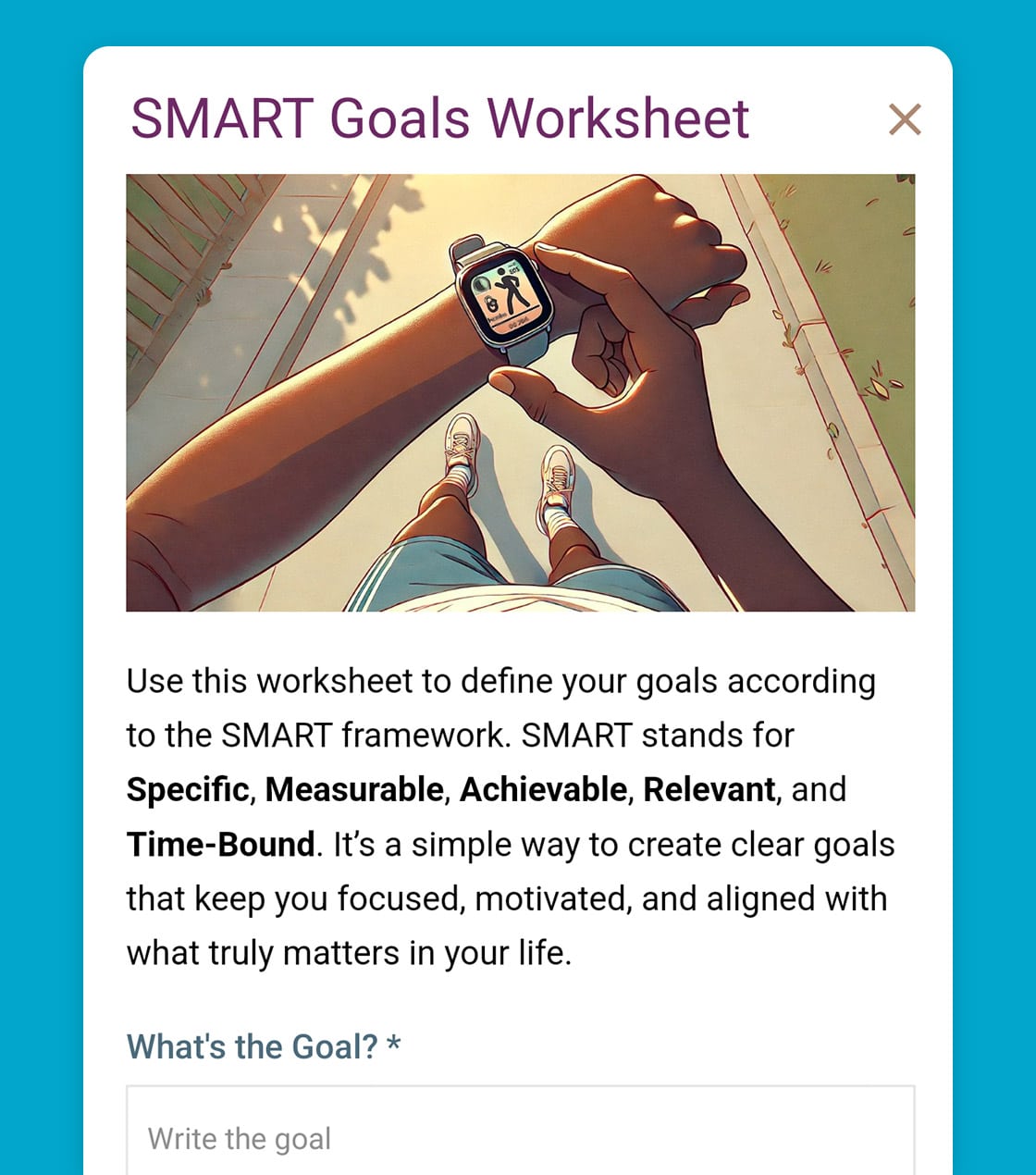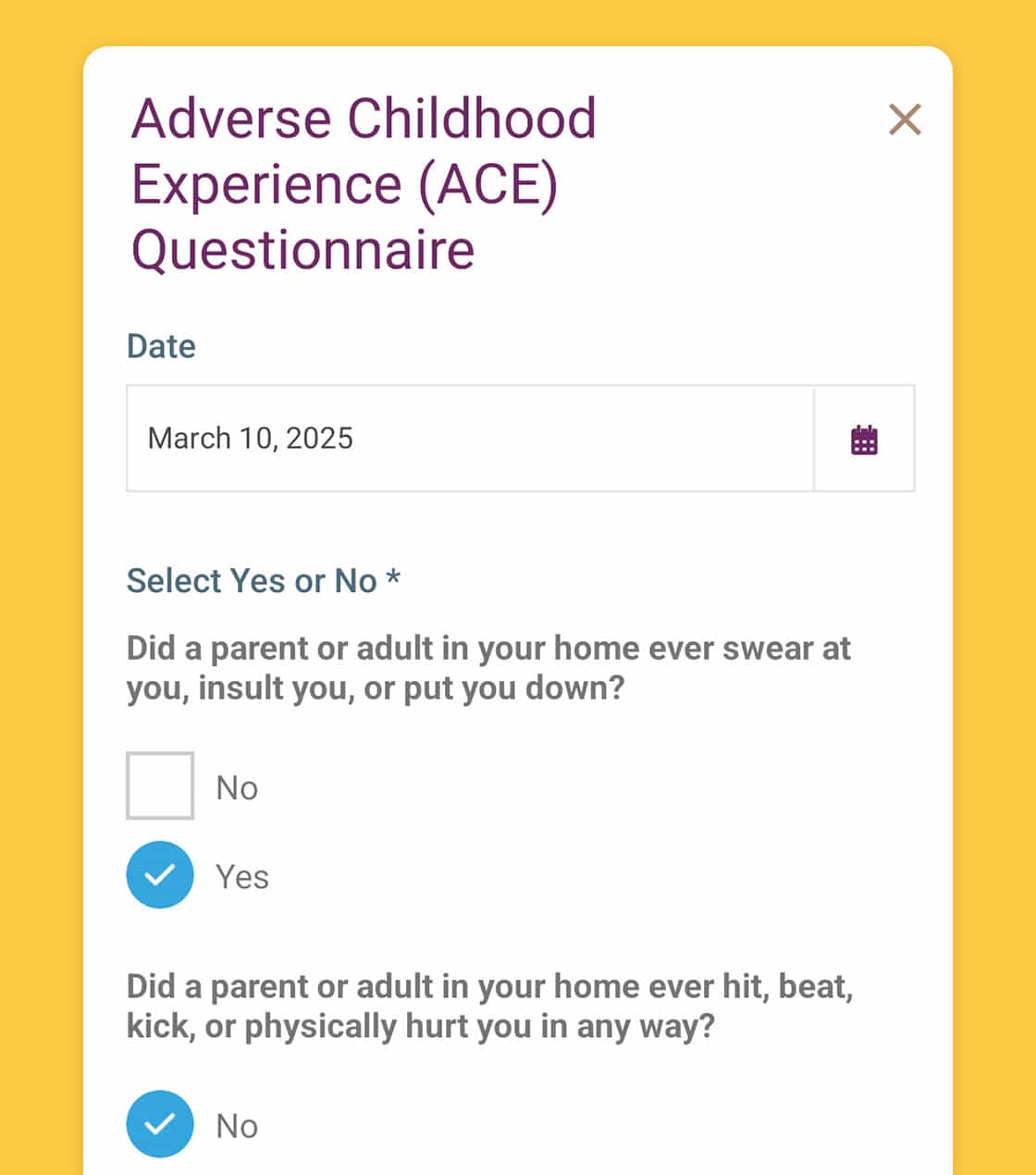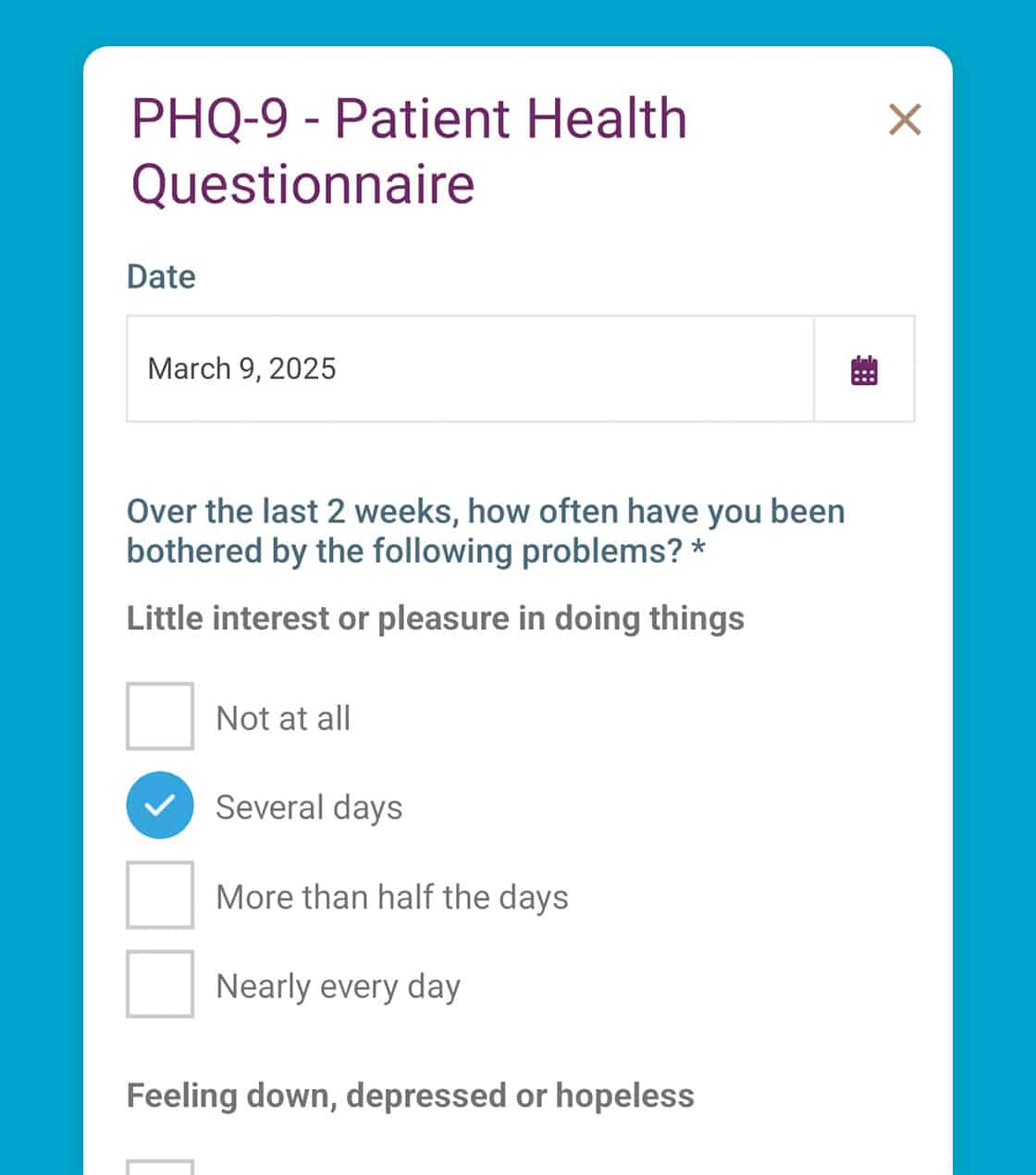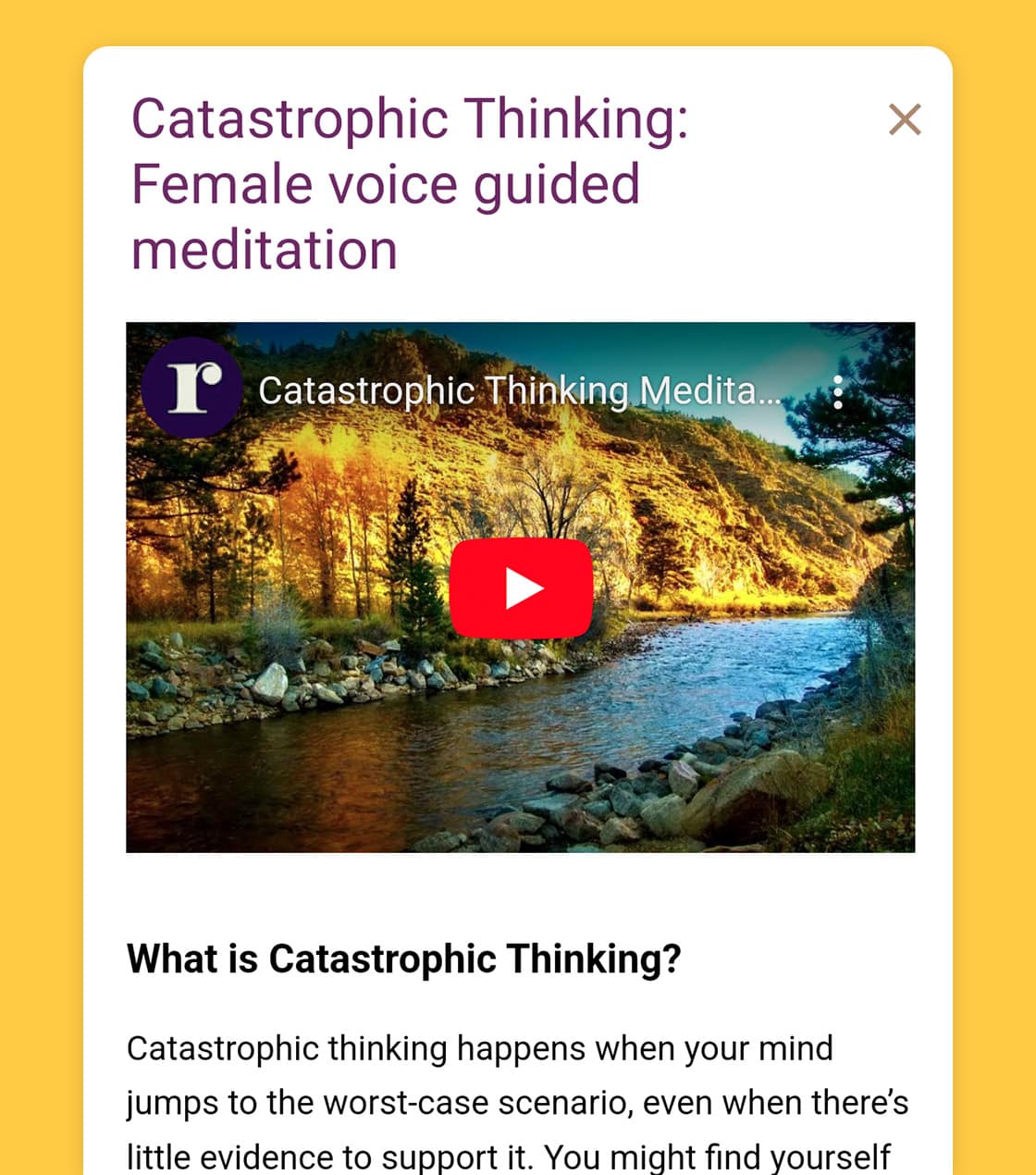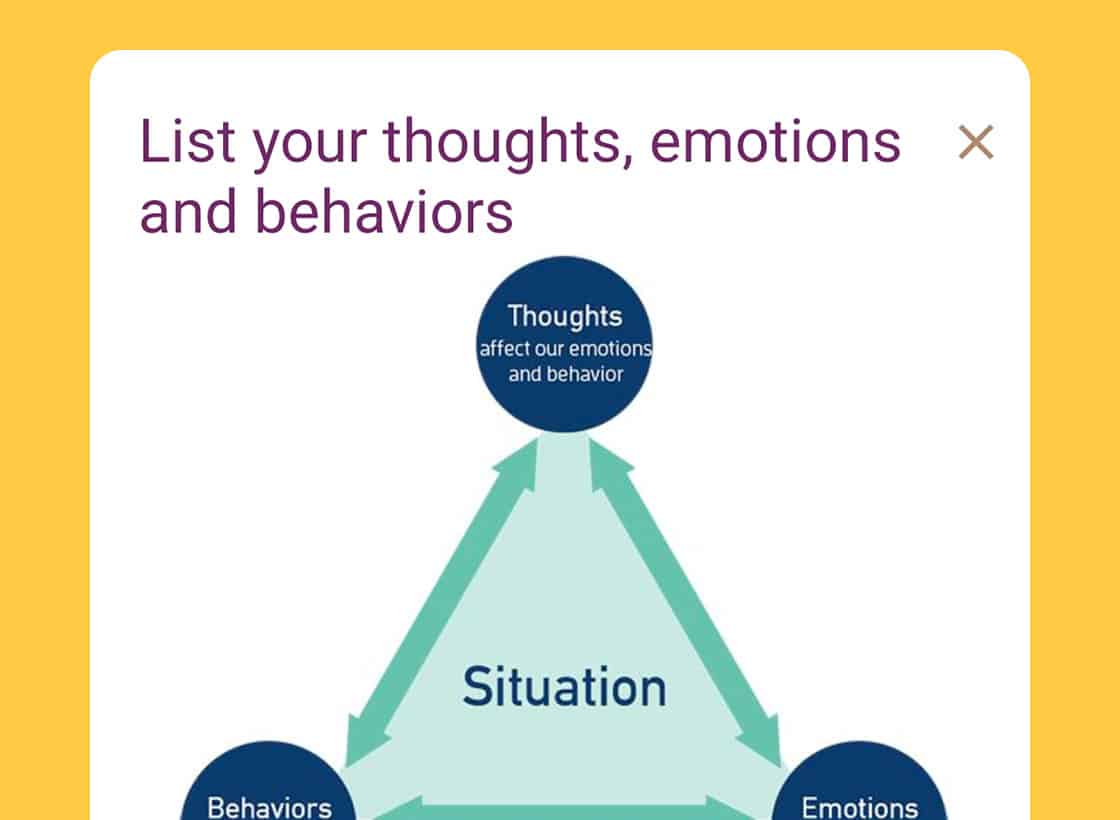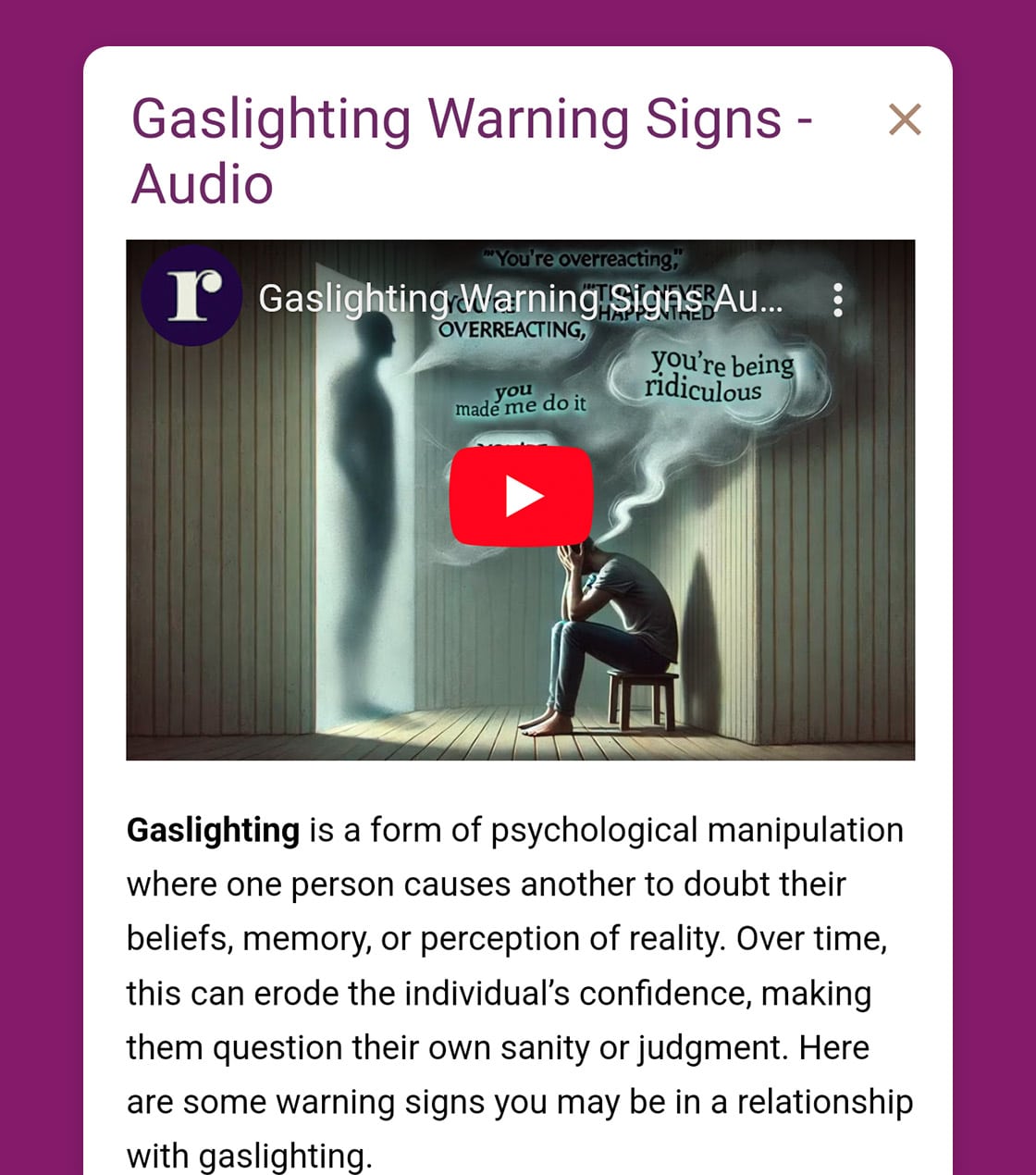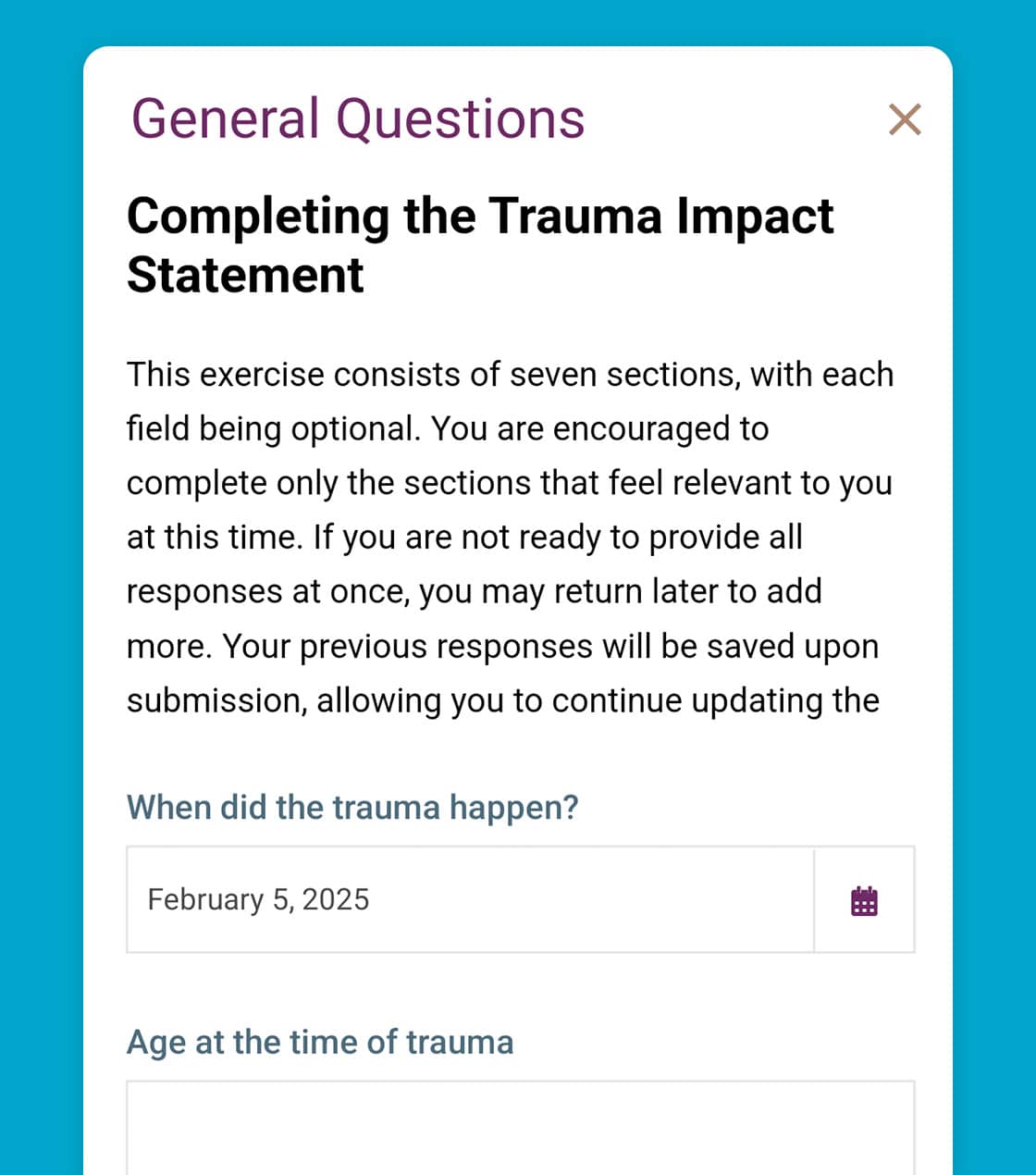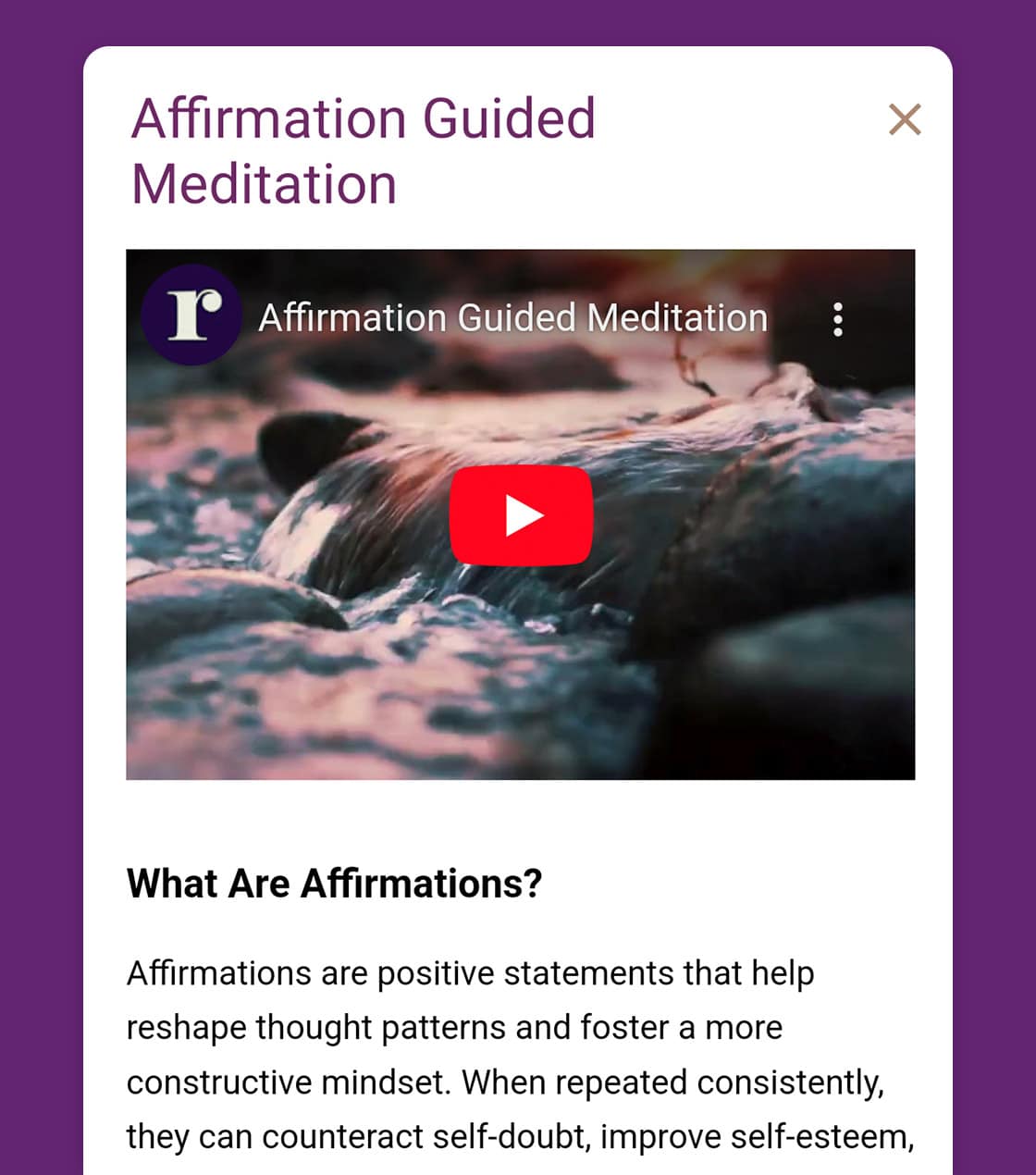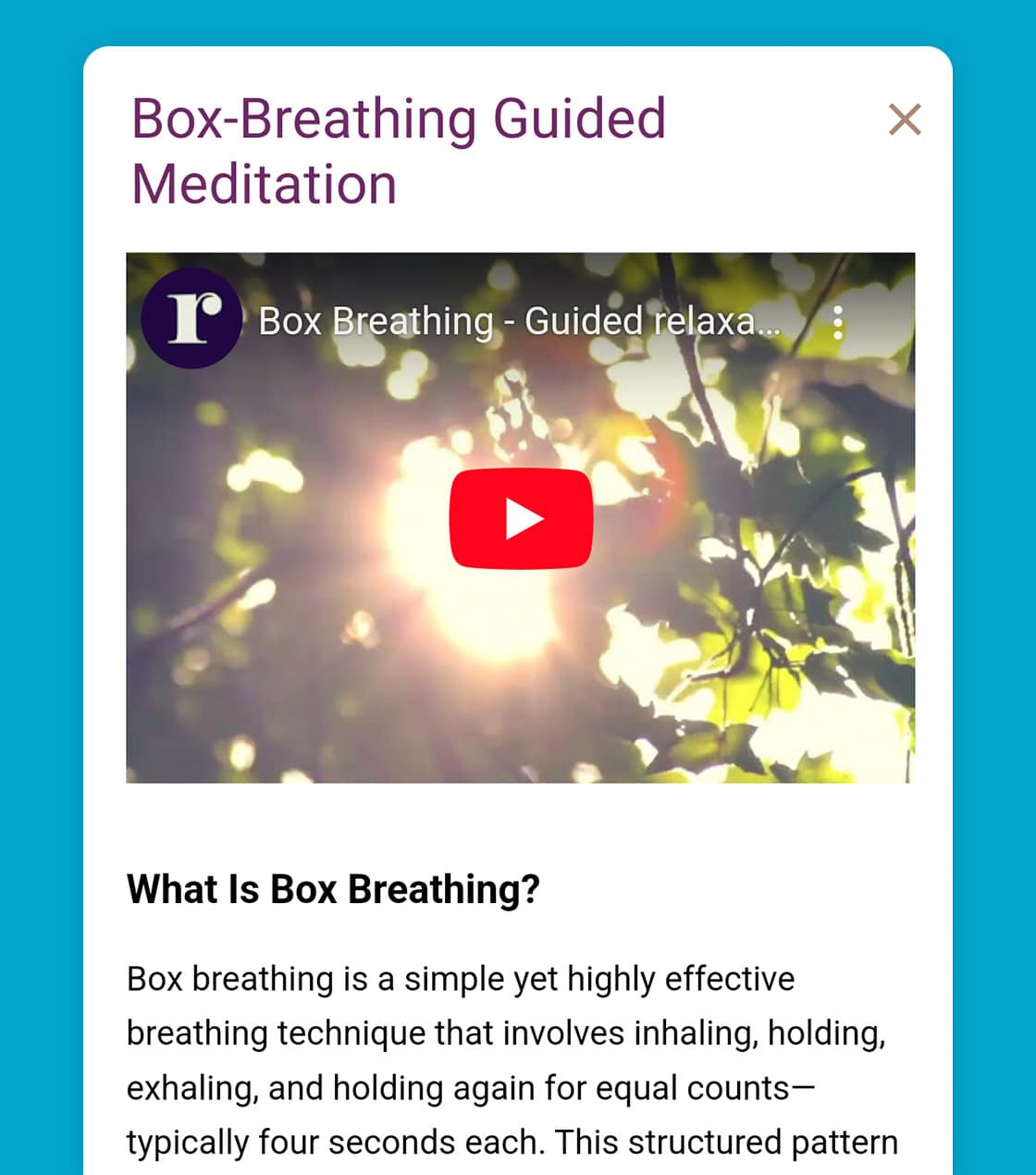SMART Goals Worksheet
SMART Goals Worksheet (Explanation for Therapists) The SMART Goals Worksheet translates the foundational principles of the infosheet into tangible practice. Clients are guided to pinpoint the specifics of each goal—identifying exactly what they want to achieve, how they’ll measure success, and how they’ll handle potential roadblocks. This step-by-step approach is extremely valuable for individuals in […]
SMART Goals Worksheet Read More »

